Synth icons: Linn Electronics Inc LM-1 Drum Computer
Featuring The Human League, Hall & Oates, Genesis and more
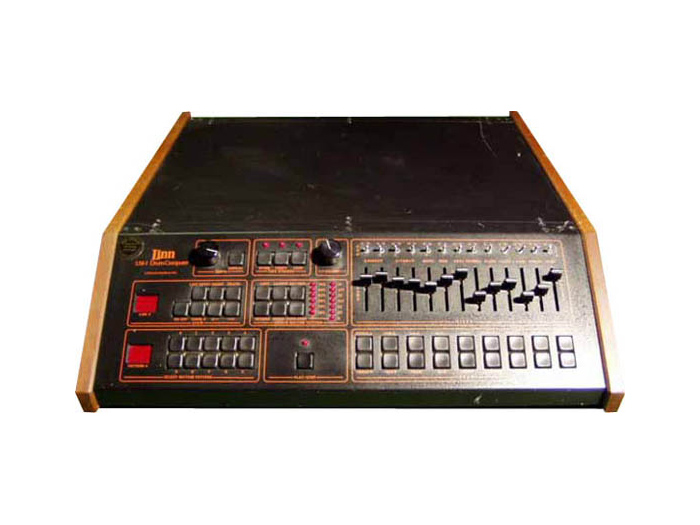
LM heaven
Roger Linn's legendary instrument was the first programmable drum machine to play samples of real drums. Its stellar sound and inimitable shuffle helped to redefine and reshape the music of the 1980s and beyond.
Before Linn, most drum machines were preset analogue accompaniment devices. Even professional units like Roland's CR-78 sounded, at best, like clockwork crickets spitting out hissing, sputtering roller-rink rhumbas. You could practice to 'em, but they posed little threat to session drummers.
That all changed with the LM-1. Though PAIA had beaten Linn to programmability, the LM-1's inclusion of a dozen sampled drum sounds made it a favourite of professionals, and its intended role as accompaniment tool was soon forgotten as it found its way onto hit after hit.
It wasn't just the samples that made it a winner. The Linn's oft-emulated 'shuffle' function imparted an irresistible groove. Add to that the fact that the drums could be individually tuned and routed to discrete outputs round the back and it was an ideal session player.
There were only around 700 LM-1s produced between 1980 and 1983, when it would be supplanted by its cheaper successor, the LinnDrum. The new version ditched most of the tuning but added cymbals and trigger inputs. Later still, Linn would produce the troubled Linn 9000 before the company folded, after which Akai's headhunters recruited Mr Linn to help design another legendary beatbox, the MPC60.
The legacy of Linn's drum machines cannot be understated, inspiring as they did countless classic tracks like those we've selected here. A mere sampling - if you'll pardon the pun - of what they could be made to do when put in the hands of talented producers.
NEXT: The Human League - Don't You Want Me
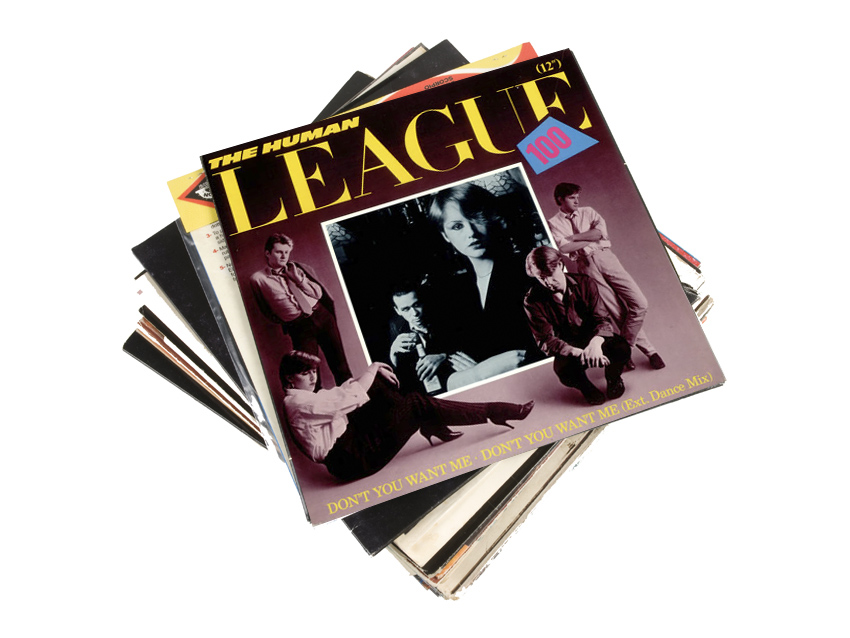
The Human League
Sheffield electronic pop act The Human League began life as an underground group before imploding in 1980. The band rebooted around singer Phil Oakey, Ian Burden and teenagers Joanne Catherall and Susan Ann Sulley.
The idea was simply to meet the legal obligations held by the original group. Their 1981 single Don't You Want Me did that and more, racing up the charts on both sides of the Atlantic, thanks in no small part to a driving LM-1 beat. It was the first UK number 1 to feature the Linn.
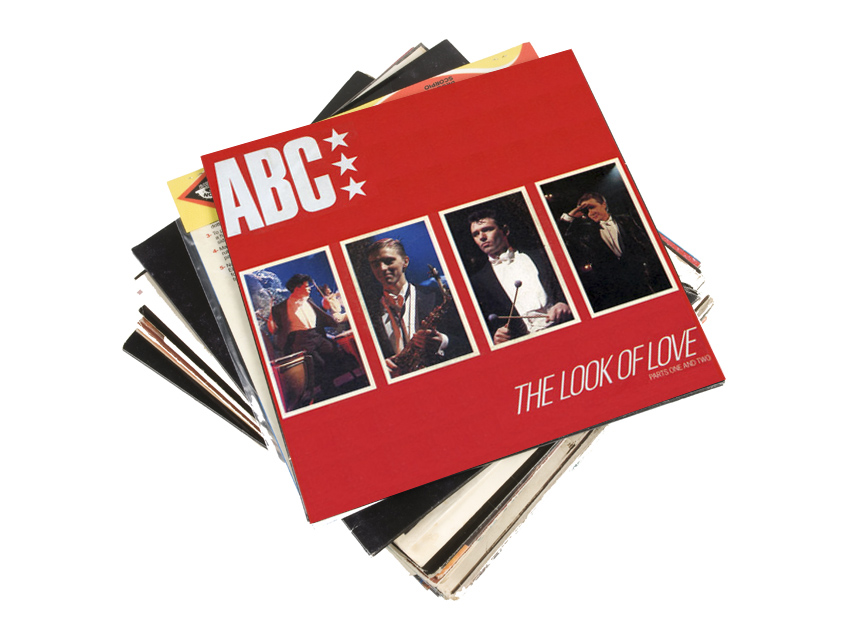
ABC
Another synth pop outfit from Sheffield, ABC were fronted by former fanzine scribe Martin Fry. Their Lexicon of Love LP reached the number one spot on the UK album charts in 1982, following the Trevor Horn-produced single The Look of Love (Part One).
Its Fairlight-laden production and snappy LM-1 beat have earned it a perennial position on lists of the best songs of the '80s. Another ABC single, Poison Arrow, was likewise propelled by the then-ubiquitous Linn.

Billy Idol
A rock radio mainstay since its issue in 1982, Billy Idol's most recognisable tune is most often heard in the abbreviated form found on the Billy Idol LP and White Wedding (part 1) single. However, the long form version of the song (as heard on the 12-inch single) features an extended synthesizer workout pitted against a barrage of LM-1 drums. A clever display of what can be done with the Linn.
Produced by Keith Forsey, a name we'll see again on this list.
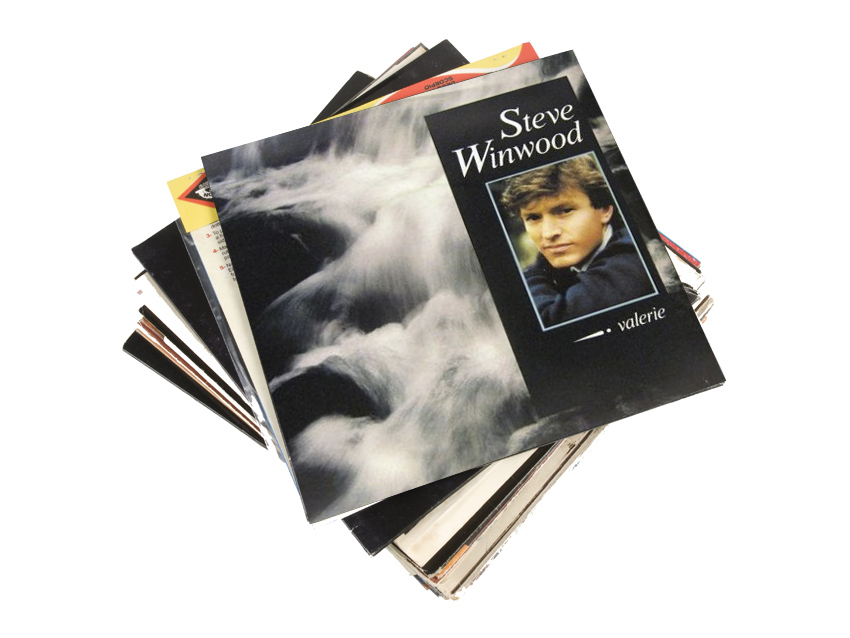
Steve Winwood
The lead single from Winwood's third solo LP, Talking Back to the Night, Valerie made little impression upon its initial release in 1982, reaching only #51 on the UK Singles Chart.
However, a remix for 1987's Chronicles collection would soar into the top ten in the US and hit number 19 in the UK.
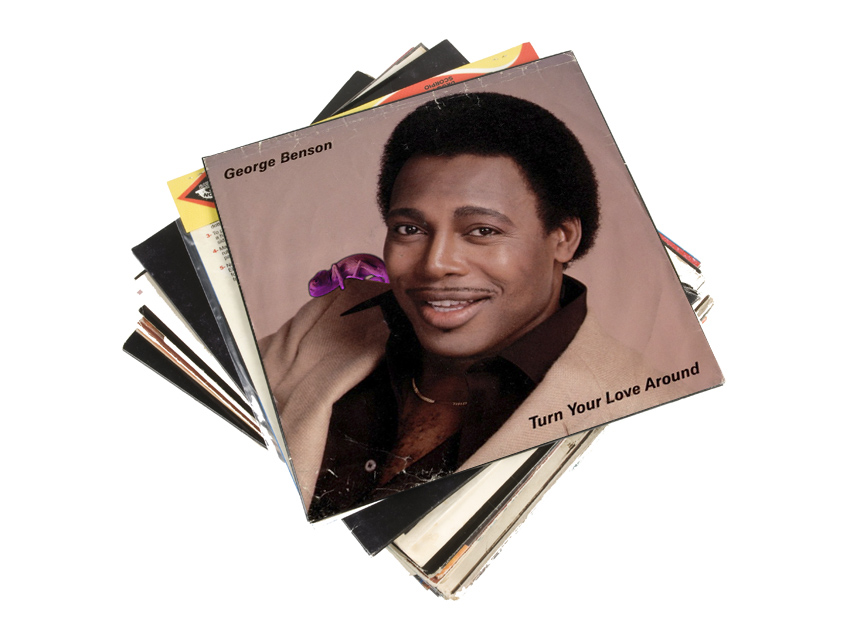
George Benson
One of the first charting pop songs to feature an LM-1, Turn Your Love Around had a rather inauspicious genesis: it was co-written by producer Jay Graydon who came up with the melody while sitting on the toilet.
It turned out to be a fortuitous trip to the bathroom - Benson was due in town to record a bonus track for a Greatest Hits compilation. The catchy beats were programmed by Jeff Porcaro of Toto fame.
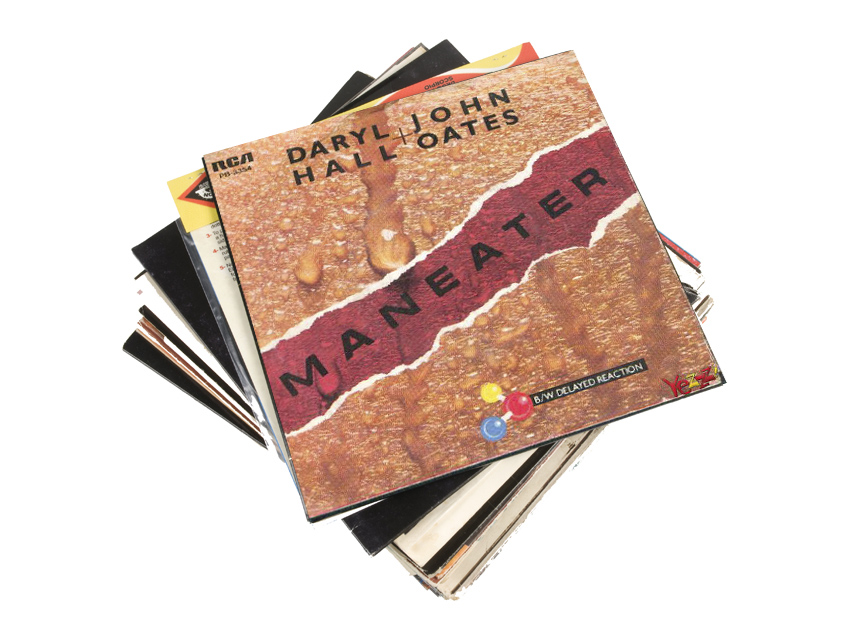
Hall & Oates
Hall & Oates were a constant presence in the charts back in the '80s, and this song sat in the top position for a full four weeks, longer than any other of the duo's number one hits.
Pulled from the double-platinum H2O, the shuffling groove is underpinned by the LM-1 - listen to the intro and sax solo to hear it unaccompanied by the acoustic kit.
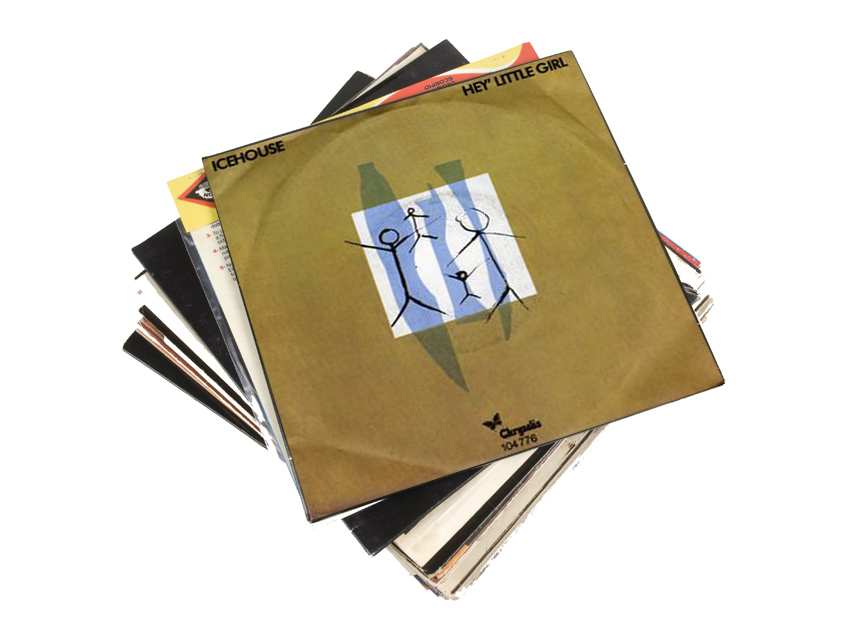
Icehouse
The very first Australian recording to feature the LM-1, Icehouse's Hey Little Girl was pulled from the bands 1982 LP, Primitive Man.
Awash in Prophet-5 and carried along by the LM-1, the song, like the album, was more or less a solo recording by Icehouse mainman Iva Davies, with help from co-producer Keith Forsey.
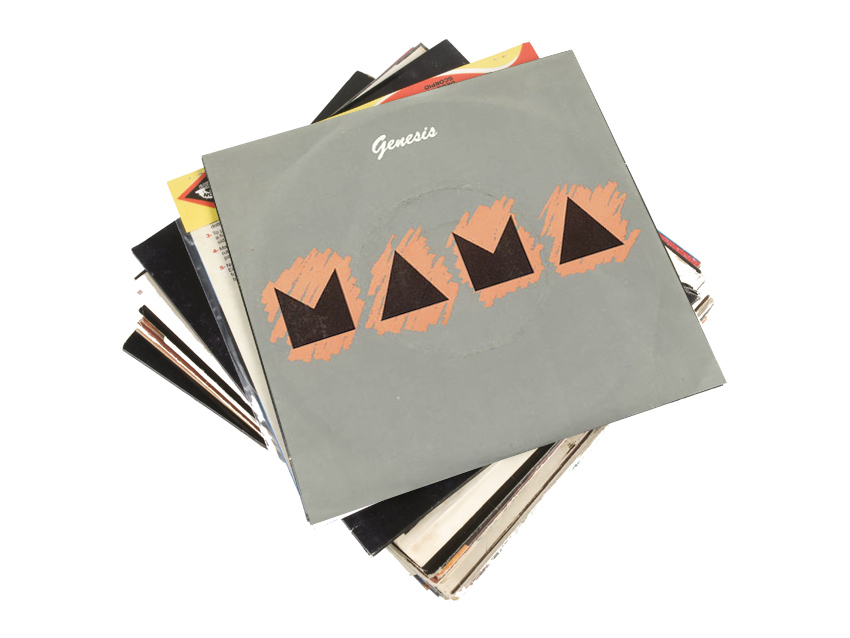
Genesis
Previously known for lengthy, complex progressive excursions, Genesis had, by the '80s, morphed into a tight pop rock unit capable of churning out hit after hit.
This single from their eponymous 1983 LP exemplifies the band's ability to adapt to the modern, simplified form of the day. Improvised vocals, staccato synth chords and eerie Synclavier sounds are propelled by a burly LM-1 pattern.
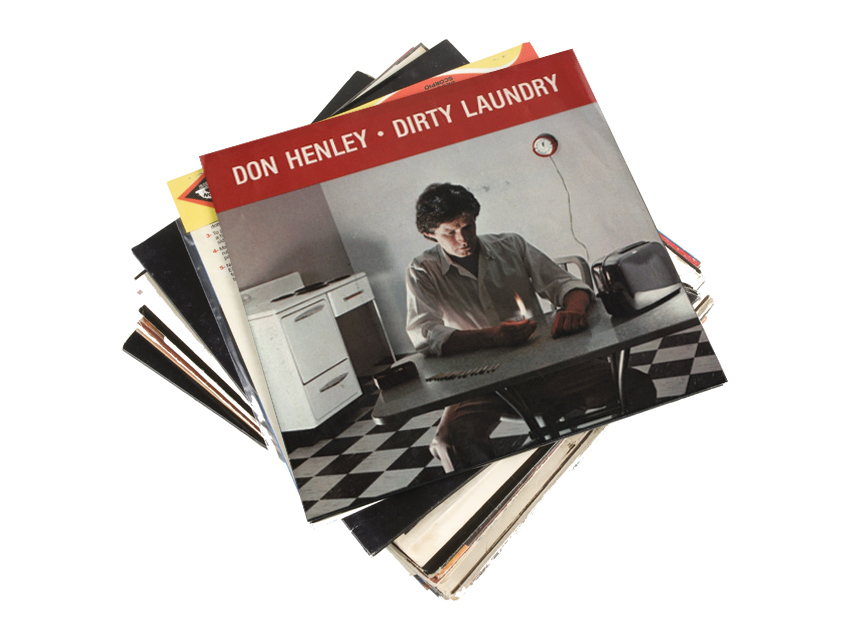
Don Henley
Though much of the Eagles' output was drenched in countrified Americana, some of the band members were not shy about technology, embracing synthesizers and even drum machines - as demonstrated by once and future Eagle Don Henley on this single from his solo LP, I Can't Stand Still.
Joined by fellow Eagles Timothy B. Schmit and Joe Walsh (a well-known modular synthesizer boffin, as it happens), as well as Toto's Steve Lukather and Jeff Porcaro, Henley kicks the song into gear with the oh-so-familiar sound of the LM-1.
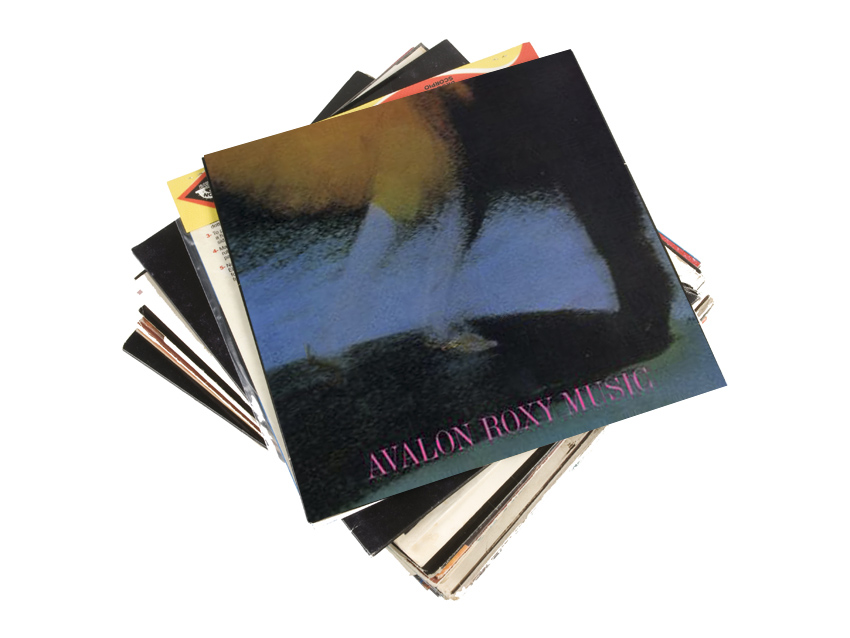
Roxy Music
Not all LM-1 tracks bash the listener over the head. The very definition of “sublime”, just about every track on Roxy Music's swan song was built up from an LM-1 pattern. Sometimes virtually inaudible, other times processed beyond recognition, the Linn was a vital element in the album's creation.
The title track began life as an up-tempo pop tune built on a drum machine pattern that skittered along at twice the BPM of the final, classic single, before being slowed down and reworked by the group.